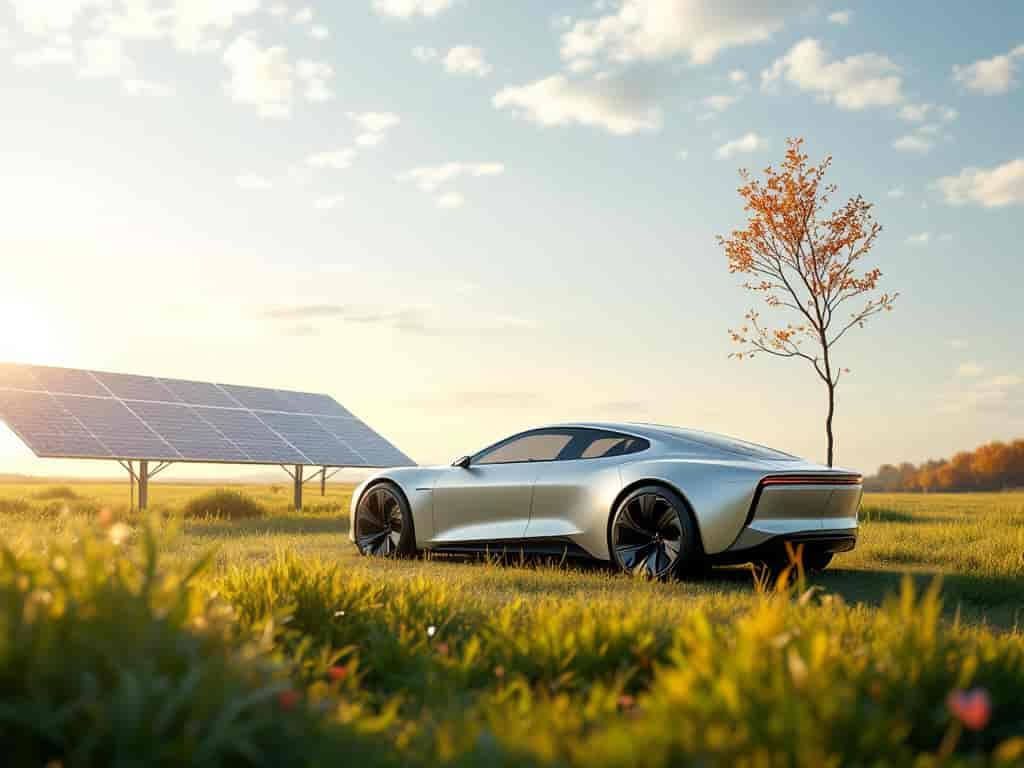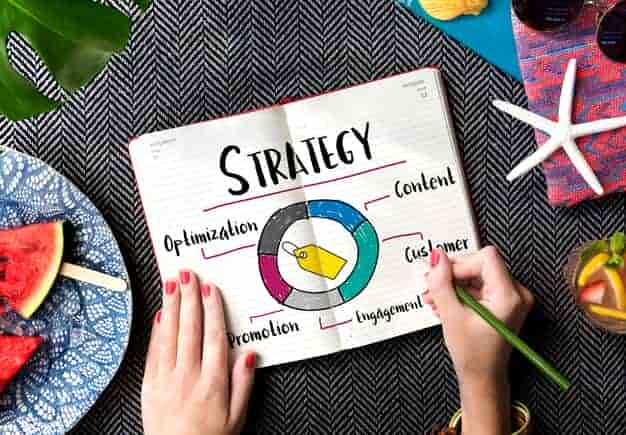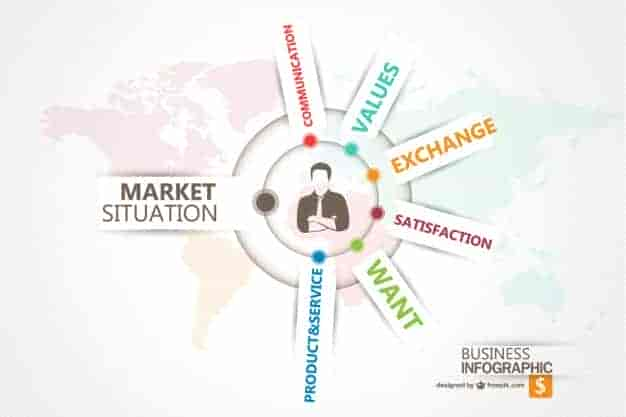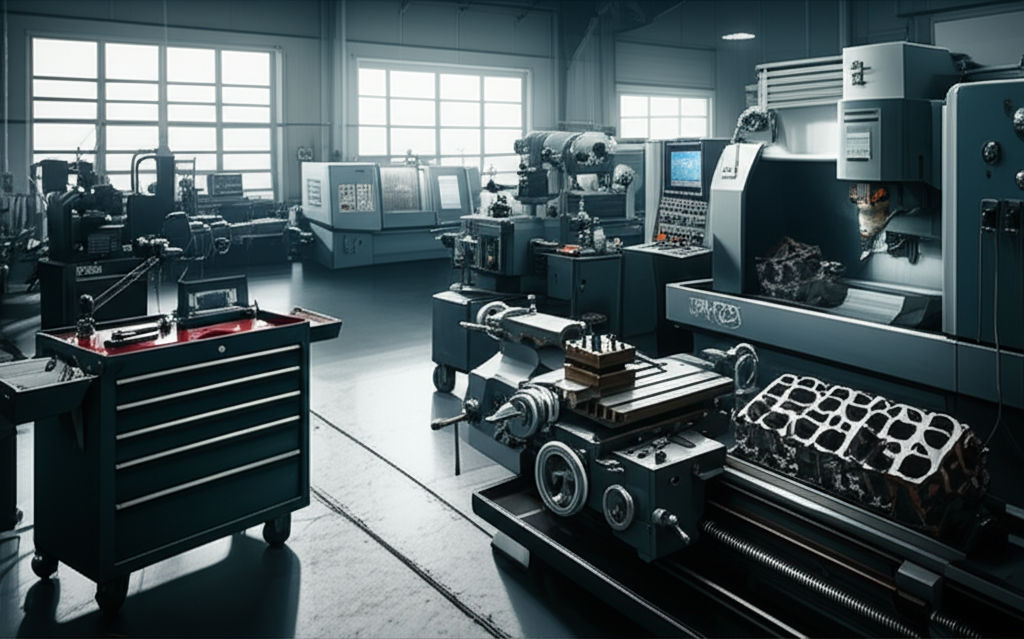Beyond EVs: Eco-Friendly Auto Innovations in 2025
Ellie Moore

Photo: Beyond EVs: Eco-Friendly Auto Innovations in 2025
Beyond EVs: Eco-Friendly Auto Innovations in 2025
The automotive world is buzzing with innovation. While electric vehicles (EVs) have been the poster child for eco-friendly transportation, the industry is now delving into uncharted territories. From alternative fuels to revolutionary materials, 2025 is shaping up to be a milestone year for green auto technologies. This article explores the cutting-edge developments beyond EVs that are transforming the way we think about sustainable mobility.
The Rise of Hydrogen Fuel Cell Vehicles (HFCVs)
Hydrogen fuel cell vehicles (HFCVs) are rapidly gaining traction as a viable alternative to EVs. Unlike battery-powered EVs, HFCVs use hydrogen gas to produce electricity, emitting only water vapor as a byproduct.
Why HFCVs Matter
- Refueling Speed: Hydrogen vehicles can be refueled in under five minutes, offering a significant advantage over EVs' lengthy charging times.
- Range: HFCVs boast a range comparable to traditional gasoline vehicles, making them ideal for long-haul journeys.
- Environmental Impact: Hydrogen production is increasingly eco-friendly, especially when derived from renewable energy sources like solar and wind.
Case Study: Toyota Mirai
The Toyota Mirai, one of the most prominent HFCVs, is paving the way for hydrogen-powered transport. With its advanced fuel cell stack and sleek design, the Mirai is setting new benchmarks in sustainability and performance.
Biofuels: The Renewable Alternative
Biofuels, derived from organic materials such as algae, crop waste, and even used cooking oil, are reshaping the future of internal combustion engines. These renewable fuels significantly reduce greenhouse gas emissions compared to traditional fossil fuels.
Key Advantages of Biofuels
- Compatibility: Biofuels can often be used in existing engines with minimal modifications.
- Carbon Neutrality: The carbon dioxide absorbed by plants during growth offsets the emissions produced when biofuels are burned.
- Economic Potential: Biofuel production supports local agriculture and reduces dependency on imported oil.
Practical Application
Airlines and shipping companies are already embracing biofuels. For example, United Airlines has pledged to use sustainable aviation fuel (a type of biofuel) for 10% of its flights by 2030.
Solid-State Batteries: Revolutionizing Energy Storage
While technically still part of the EV conversation, solid-state batteries deserve their own spotlight due to their transformative potential. These batteries replace the liquid electrolyte found in traditional lithium-ion batteries with a solid material, offering numerous benefits.
Advantages Over Lithium-Ion Batteries
- Increased Energy Density: Solid-state batteries store more energy, extending vehicle range.
- Faster Charging: Reduced charging times make solid-state technology a game-changer for EVs and hybrid vehicles alike.
- Safety: With no risk of leaking or catching fire, these batteries are significantly safer than their liquid-based counterparts.
Industry Leaders
Automotive giants like Volkswagen and QuantumScape are investing heavily in solid-state battery research, with commercial availability expected by 2025.
Lightweight Materials: The Key to Efficiency
Reducing vehicle weight is a crucial step in enhancing fuel efficiency and lowering emissions. New lightweight materials are not only strong but also environmentally friendly.
Innovative Materials
- Carbon Fiber Reinforced Plastic (CFRP): This durable, lightweight material is increasingly used in sports cars and EVs.
- Aluminum Alloys: Offering a perfect balance of strength and lightness, aluminum is widely used in vehicle frames and engines.
- Bioplastics: Derived from renewable sources, bioplastics are replacing traditional petroleum-based plastics in car interiors and panels.
Real-World Examples
BMW’s i3 and i8 models extensively use CFRP to improve efficiency without compromising safety or performance.
Vehicle-to-Grid (V2G) Technology
Imagine your car not only running efficiently but also contributing to the energy grid. Vehicle-to-grid (V2G) technology allows electric and hybrid vehicles to return unused electricity to the grid, creating a symbiotic relationship between cars and energy providers.
How It Works
- Two-Way Charging: Special chargers enable vehicles to both draw power and feed it back into the grid.
- Energy Stabilization: During peak demand, vehicles can supply power, reducing strain on the grid.
- Cost Savings: Owners can earn money by selling surplus energy.
Future Prospects
Countries like Japan and the Netherlands are pioneering V2G infrastructure, setting an example for global adoption.
Autonomous Driving with an Eco-Twist
Self-driving cars aren’t just about convenience they’re also about sustainability. Autonomous vehicles (AVs) optimize driving patterns, reducing fuel consumption and emissions.
Eco-Friendly Features of AVs
- Efficient Route Planning: AVs calculate the most energy-efficient routes, minimizing fuel usage.
- Reduced Traffic Congestion: By communicating with other vehicles, AVs can prevent traffic jams, saving both time and energy.
- Shared Mobility: Autonomous ride-sharing services reduce the number of cars on the road, further cutting emissions.
Case in Point: Waymo
Waymo, a leader in autonomous driving, is integrating green technologies into its fleet, ensuring that sustainability remains a core focus.
Actionable Tips for Embracing Eco-Friendly Auto Innovations
- Research Before Buying: Compare different green technologies to find the one that best suits your lifestyle.
- Support Green Policies: Advocate for government incentives that encourage the adoption of sustainable vehicles.
- Adopt Carpooling and Ride-Sharing: Even with eco-friendly cars, reducing the number of vehicles on the road is crucial.
- Stay Informed: Follow industry news to stay updated on emerging technologies and their real-world applications.
FAQ: Answering Common Questions
Q: Are hydrogen fuel cell vehicles safe?
Yes, HFCVs are designed with robust safety measures, including reinforced hydrogen tanks that withstand extreme conditions.
Q: How do solid-state batteries compare in cost?
While currently more expensive, mass production and technological advancements are expected to make solid-state batteries more affordable by 2025.
Q: Can biofuels completely replace gasoline?
Biofuels are a supplemental solution rather than a complete replacement. However, their potential to significantly reduce emissions makes them a valuable part of the mix.
Conclusion: Driving Towards a Greener Future
The automotive industry is undergoing a seismic shift, with innovations beyond EVs opening up new possibilities for sustainable transportation. Hydrogen fuel cells, biofuels, solid-state batteries, lightweight materials, and more are reshaping the landscape, proving that the road to a greener future is multifaceted.
Are you ready to be part of the change? Share your thoughts, explore these technologies, and take the first step toward a sustainable lifestyle. If you found this article insightful, don’t forget to share it with others and join the conversation in the comments below!
Finance & Investment
View All
January 5, 2025
10 Proven Tips for Business GrowthUnlock the secrets to fast and sustainable business growth with these 10 proven tips. Start growing today!
Ellie Moore

June 29, 2025
Smart Ways to Finance Your Next CarUnlock top search rankings with expert SEO content. Learn how to create valuable, credible, user-centric content using Google's E-E-A-T framework.
Ellie Moore

January 10, 2025
Go Green with GoodLeap FinancingUnlock top rankings with expert SEO content. Learn to blend user intent, E-E-A-T, and strategic keywords for authoritative, high-quality content that converts.
Ellie Moore

January 28, 2025
Master Market Segmentation in 5 Easy StepsLearn how to segment your market effectively in 5 simple steps. Boost your marketing strategy and reach your ideal audience.
Ellie Moore

May 12, 2025
Capital One Finance Account LoginGo beyond keywords. Discover how expert SEO content, built on E-E-A-T, unlocks top Google rankings, builds trust, and captures your audience.
Ellie Moore

January 22, 2025
How to Analyze Your Competitors’ StrengthsLearn how to effectively analyze competitors’ strengths and turn insights into opportunities for your business growth.
Ellie Moore
Insurance
View AllDon't just insure, secure! This guide reveals why complete home insurance is vital for protecting your home, finances, and peace of mind.
Ellie Moore
Secure optimal auto insurance coverage and significant savings! Our guide helps you compare top-rated companies to beat rising premiums.
Ellie Moore
Safeguard your business from cyber threats. Learn how Enterprise Cyber Insurance Coverage Silverfort helps agents, policyholders, and risk managers mitigate ris...
Ellie Moore
Michigan drivers: Find top-rated car insurance for optimal coverage & peace of mind. Navigate high costs & complex laws with our expert guide.
Ellie Moore
Save on health insurance without losing essential coverage. Discover practical tips to reduce premiums and manage costs wisely.
Ellie Moore
Military families: Discover ultimate USAA insurance for comprehensive, tailored protection, competitive rates, and peace of mind.
Ellie Moore
Education
View AllLearn effective classroom strategies to manage ADHD. Discover how teachers can support students with ADHD for better learning outcomes.
Read MoreProject-based learning engages students by tackling real-world problems. Learn how this approach fosters critical thinking and creativity.
Read MoreDifferentiated instruction helps teachers reach diverse learners. Find out how tailored teaching improves outcomes for every student.
Read MoreDifferent cultures approach early education in unique ways. Discover how cultural values shape learning practices for young children around the world.
Read MoreIs self-directed learning the future? Learn how students can take control of their own education, boost motivation, and achieve better results.
Read MoreRevive ancient teaching with the Socratic method! Learn how this questioning approach encourages deep thinking and active learning.
Read MorePopular Post 🔥
View All
1
2
3
4
5
6
7
8
9
10
Health






Automotive
View All
July 22, 2025
How Automotive Flex Enhances Vehicle Performance
Beyond horsepower: explore automotive flex! This engineered balance of rigidity & movement is vital for your car's performance, handling & comfort.

July 18, 2025
Leader Automotive Group Settlement Explained Simply
Understand the $20M Leader Automotive Group settlement. Learn how this landmark case addresses deceptive car sales and protects consumer rights.

July 23, 2025
Find Reliable Automotive Machine Shops Near Me
Locate top automotive machine shops for engine repair. Ensure your vehicle's performance, longevity, and save money with expert engine services.

August 5, 2025
Century Automotive Services With Proven Quality
Century Automotive Services sets the gold standard for proven quality. Learn how expertise & trust ensure your vehicle's longevity & safety.

February 10, 2025
Retro Car Features We Miss and Want Back
From bench seats to hidden headlights, check out the retro car features we’d love to see return. Which nostalgic design is your favorite?

August 19, 2025
B&B Automotive Services That You Can Rely On
Searching for trustworthy auto repair? B&B Automotive offers expert service, peace of mind, & reliable care for your vehicle's safety & longevity.

















